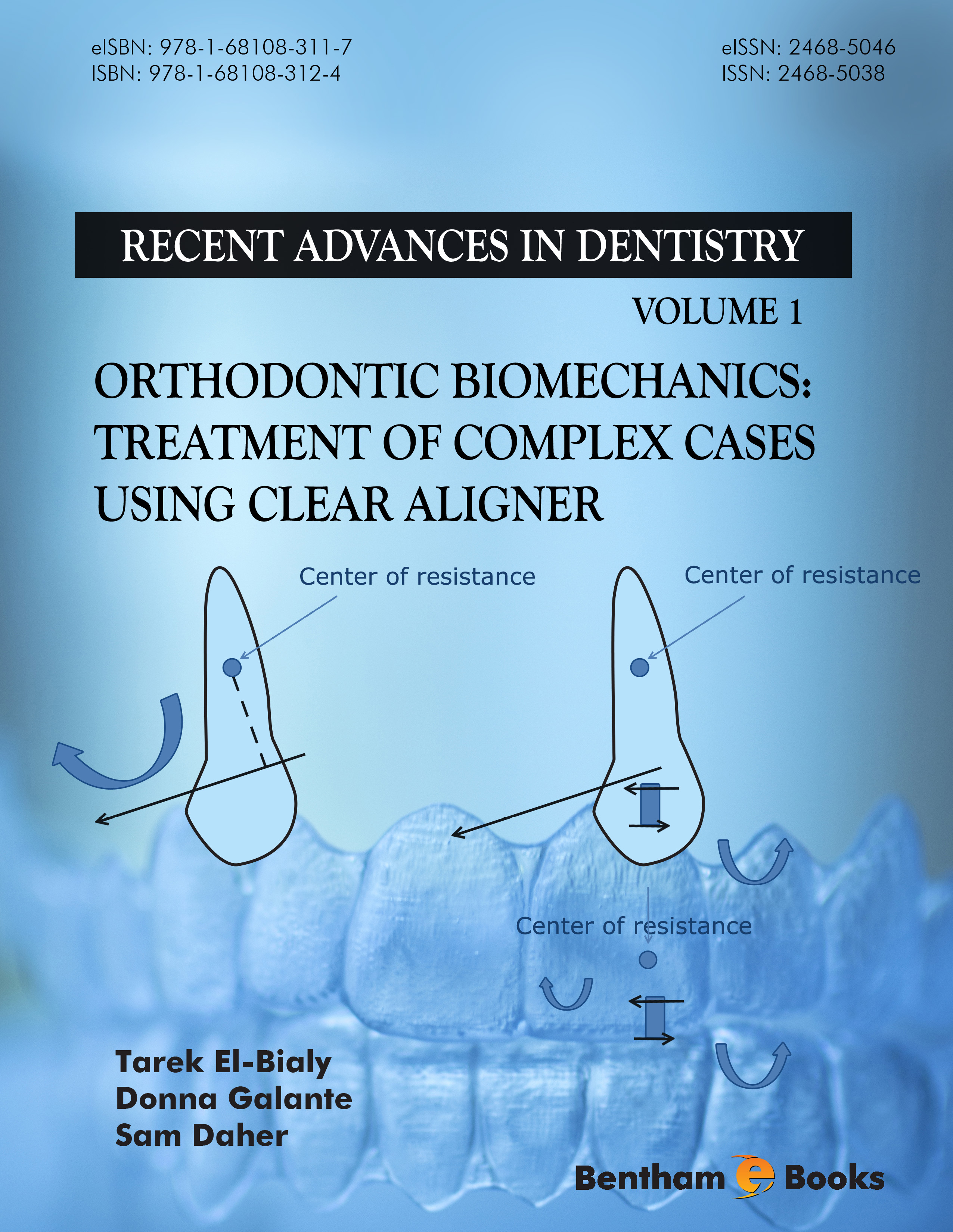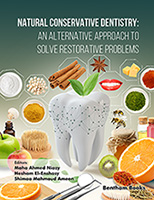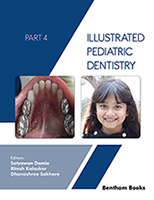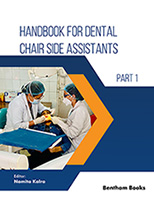Introduction
Orthodontic Biomechanics
describes the mechanics behind the treatment of complex orthodontic cases using clear aligners. The volume explains a variety of complex malocclusions including increased teeth crowding, spacing, overjet, overbite, open bite, major jaw discrepancies, underbite and much more. Simplified treatment planning methods based on thorough diagnoses have also been devised by the authors for the benefit of the readers. Shortening orthodontic treatment time by careful diagnosis, planning based on understanding of orthodontic biomechanics is also discussed in addition to comparisons of jaw cases where surgery is more useful.
Orthodontic Biomechanics is a useful guide for the use of clear aligners in a wide array of cases encountered by orthodontists in their daily dental practice.





